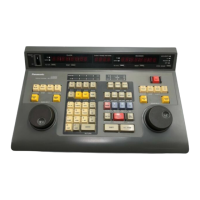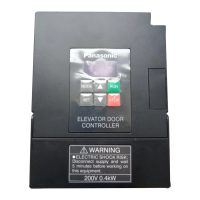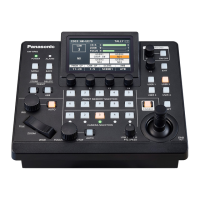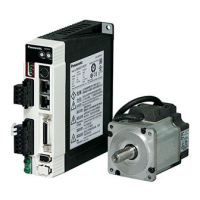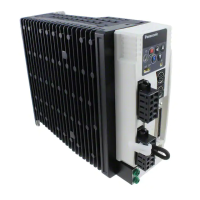10.4 Pulse Output Function (Pulse I/O Cassette)
10.4.1 Overview of Pulse Output Function
Instructions used and controls
Together with a commercially available pulse-string input type motor driver, the pulse output function can
be used for positioning control.
Type of control
Exclusive
instru-
Description Usable cassette
Trapezoidal control
F171
(SPDH)
Provides trapezoidal (table-shaped)
control for automatically obtaining
pulse outputs by specifying the initial
speed, maximum speed,
acceleration/deceleration time and
AFPX-PLS
Home return
Enables automatic home return
JOG operation
F172
(PLSH)
Causes pulses to be output as long
as the execution condition is on. A
target value can also be set, so that
pulse output stops at the point when
the target value is matched.
Data table control
F174
Enables positioning control in
accordance with the data table.
Linear interpolation
F175
(SPSH)
Enables pulses to be output using
linear interpolation control, by
specifying the composite speed, the
acceleration/deceleration time, and
the target value.
Only when using 2
units of AFPX-PLS
Note:
• With the Ry type, the pulse I/O cassette (AFPX-PLS) is necessary to use the pulse I/O function.
Setting the system register
When using the pulse output function, set the channels corresponding to system registers 400 and 401
to “Use output Y0 to 2 as pulse output” or “Use output Y0 as PWM output”.
Phone: 800.894.0412 - Fax: 888.723.4773 - Web: www.clrwtr.com - Email: info@clrwtr.com

